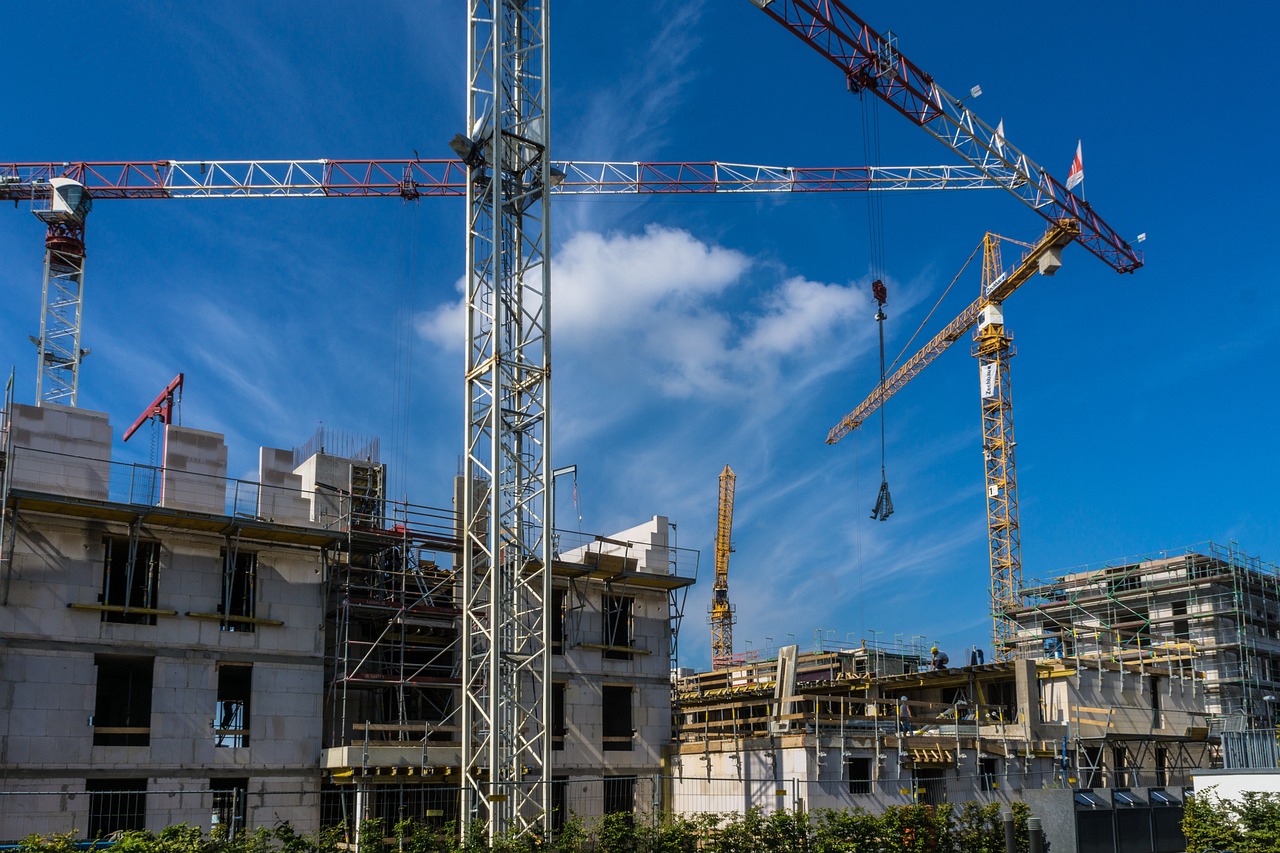The construction industry can be extremely hazardous, thanks to unsafe site conditions, heavy machines, and complex operations. So, formal training from a reputed institution is essential to be able to deal with such hazards.
If you’re curious about the most common construction site hazards and how training helps, keep reading this blog to know more.
1. Falling From Heights
Falling from heights was the leading (43%) injury hospitalisation cause in 2023-2024. Construction site workers may fall while working on the rooftop, ladders, scaffolding, or any other elevation due to loss of balance, poor footing, or even due to a sudden health crisis.
Moreover, if there is no fall protection system or the surface is slippery or unstable, this risk significantly increases.
How Training Helps
A working at heights course teaches construction workers all effective fall-prevention strategies. They learn to secure harnesses, attach lanyards, and install guardrails and fall protection systems.
The course also underscores inspecting protection equipment before using, placing ladders and scaffolding securely, and identifying hazards. This ensures workers take fall protection seriously and never cut corners to accelerate work.
2. Slipping, Tripping, or Falling at the Same Level
Construction sites are bound to be messy. Material debris, mud, tools, extension cords, and uneven ground are also common causes of slipping, tripping and falling at the same level. Workers can experience sprains and fractures. This can slow down the team as fewer team members can work.
How Training Helps
A training course teaches workers about the principles of keeping the construction site tidy. It focuses on the best strategies to keep walkways clear even with limited space, store tools properly so nothing is misplaced or damaged, and clean any material spillage immediately to prevent hazards.
In addition, training helps workers identify other hazards like poor lighting and dangerous access points. Thus, nobody overlooks even the most minor issues that can lead to major accidents.
3. Being Struck by Objects
In construction sites, besides workers, machinery, materials, and tools are constantly moved from place to place. As a result, workers have a chance of being struck by objects swinging from cranes, vehicles moving around, or anything falling from scaffolds and ladders.
How Training Helps
Training programs instil the culture of wearing protective equipment like helmets and staying in safe zones when around heavy machinery. All workers learn to pack tools and stack materials securely so nothing falls. They also craft and follow traffic management plans for additional safety. Supervisors also mark specific exclusion zones so workers don’t enter prohibited zones.
4. Being Crushed Under Things
Workers are at risk of being crushed between machinery and walls or under structures like trenches or caves. This can cause fractures, a concussion, and even lead to amputation in serious cases.
How Training Helps
Training teaches workers the best trenching practices, machine operation practices, and awareness zone creation around heavy machinery. They create extensive plans for excavation activities and use protective gear for safety.
5. Electrical Hazards
Construction sites are powered through temporary electricity supplies. These areas are packed with incomplete wiring and portable electrical tools. Any contact with live wires, faulty equipment, or mindlessness during work can lead to electrocution, burns, and even death.
How Training Helps
The right course will teach workers about electrical safety, including live circuit and cord damage identification. They learn to avoid unsafe practices, ensure safe extension cord usage, and stay mindful while dealing with electricity.
Wherever required, they rely on experienced electricians instead of undertaking electrical tasks themselves. They become aware of all risks and act wisely to prevent deadly mistakes.
6. Exposure to Hazardous Substances
Hazardous substances like cement, asbestos, paint, silica, solvents, and harsh chemicals are all over construction sites. Prolonged exposure to them causes severe respiratory illnesses and even cancer. Short-term exposure to certain strong chemicals causes burns and poisoning.
How Training Helps
Construction workers learn about hazard communication during training. This covers label reading, safety data sheet (SDS) interpretation, and correct PPE usage.
A comprehensive course also includes safe chemical handling, good ventilation practices, and correct use of respirators, gloves, and other safety gear.
7. Exposure Noise Hazards
Construction sites are extremely noisy due to heavy machinery, power tools, hammering, chipping, and demolition tasks. Prolonged exposure to noise and vibration can cause hearing loss and hand-arm vibration syndrome (HAVS).
How Training Helps
Training ensures all workers take their safety seriously. They’re taught the importance of using hearing protection and using tools safely. They work in rotation to prevent excessive exposure. If there are any early symptoms, they report and take necessary actions.
Final Thoughts
Proper training ensures workers’ safety, site compliance, and smooth completion of projects. So, enrol your employees in the right training, empower them with knowledge, and create a thriving work environment.

